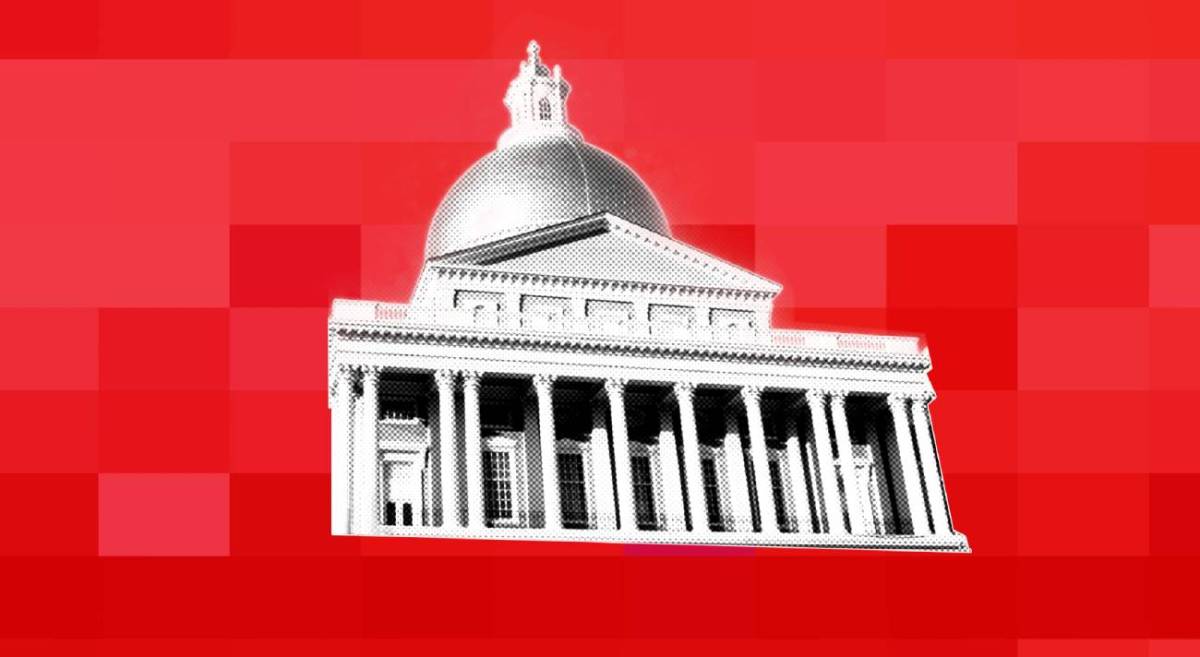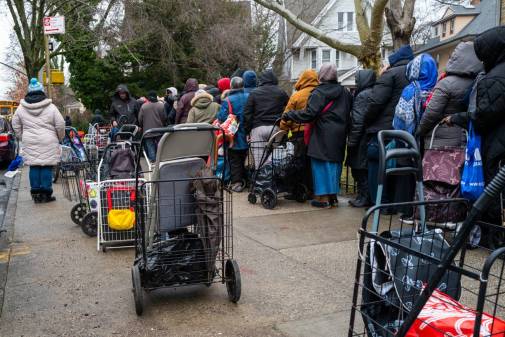Beyond technology: Human-centered government in the era of digital transformation

In an era in which digital innovation touches every aspect of our lives, government service delivery stands at a pivotal crossroads.
As the head of the Beeck Center for Social Impact + Innovation at Georgetown University, which seeks to improve people’s lives by helping governments serve people’s needs — and previously as part of both the Obama and Biden administrations and in local government — I have seen firsthand how digital service delivery significantly enhances government efficiency and effectiveness for the public. This kind of transformation is not just about adopting new technologies — it’s about reimagining government to work more easily and effectively for everyone.
State and local governments are uniquely situated to improve delivery: Their proximity to the communities they serve gives them a pulse on the immediate needs and challenges of their residents. Unlike the federal government, which may be somewhat removed from on-the-ground realities, local governments can quickly adapt and innovate in response to community needs. This agility is crucial in a world where technology and societal needs are constantly evolving.
During my time in the Obama administration, I worked closely with state and local leaders to develop the Data Driven Justice Initiative, which helped communities use data to deliver more effective, coordinated services to people suffering mental health crises or substance-use overdoses. The initiative was a deep collaboration across federal, state and local governments that maximized the different policy, funding and delivery levers across all levels. Federal agencies provided guidance on allowable uses of funding, data-sharing and privacy protections. Governors and state legislators combined block grants for mental health services, housing support and other social services to support more comprehensive and coordinated care at the local level. County and local governments supported front-line responders with the data, tools and resources to help break the cycle of incarceration or unnecessary hospitalization and connect highly vulnerable populations with effective services that reduced recidivism and increased cost savings.
While I was part of the Biden White House, I had a chance to leverage federal digital delivery capacities to help federal agencies address the infant formula crisis that left parents across the country scrambling in the face of empty shelves. Working closely with a talented team from the U.S. Digital Service and across federal agencies, we worked with major retailers to obtain real-time formula inventory data that brought critical clarity to the actual availability of baby formula in communities across the country. The USDS team also conducted user-research interviews with parents. The research showed us there were distinct challenges faced by parents in rural communities, families who needed specialized formula for infants with medical needs and those who relied on the Women Infants and Children program to purchase formula. The data and human-centered research helped the White House and agency leaders target their response to better address this diverse range of needs.
The common thread across these initiatives is that when all levels of government — federal, state and local — use human-centered design, data, digital tools and coordinated action to understand and respond to hard problems, we can significantly improve outcomes for the people we serve.
Universities, nonprofits and other external partners can provide critical support to help government partners accelerate their digital delivery capacity. At the Beeck Center, our Digital Service Network equips governments with human-centered strategies to deliver services that meet the real needs of people. And the DSN connects the people doing the work so they can learn from each other, access resources from the DSN library and learn about digital innovations across government. Recently, we launched the State-Level Policy Scan to support a deeper understanding of policy tools that influence digital transformation at the state and territorial levels. The policy scan dashboard and data visualization provide accessible examples for governments to promote effective and equitable digital transformation at the state level.
Similarly, we built data-sharing and delivery capacity across state governments with the Beeck Center’s Data Labs project in 2021. In partnership with the National Governors Association, Data Labs brings together state data and policy leaders to enhance public services in programs like Medicaid and SNAP, facilitate workforce transitions and boost student outcomes. The project adopts a human-centered design approach to drive change. Over the past three years, Data Labs has worked with 157 public servants across 88 state government agencies. We have seen measurable wins in our cohorts, like in Colorado, where $250 million was invested in housing and homelessness grant programs via three new laws and the first-ever funding allocated for data infrastructure and analysis.
Now more than ever, state and local governments are uniquely positioned to lead the charge in digital transformation. By embracing digital tools and collaborating with federal partners, they can implement changes that will significantly improve the lives of people in their communities. External partners like the Beeck Center stand ready to help enable local state governments to not only keep pace with the digital age, but also lead the way in innovation and efficiency.

This story was featured in StateScoop Special Report: Digital Services — A StateScoop Special Report






